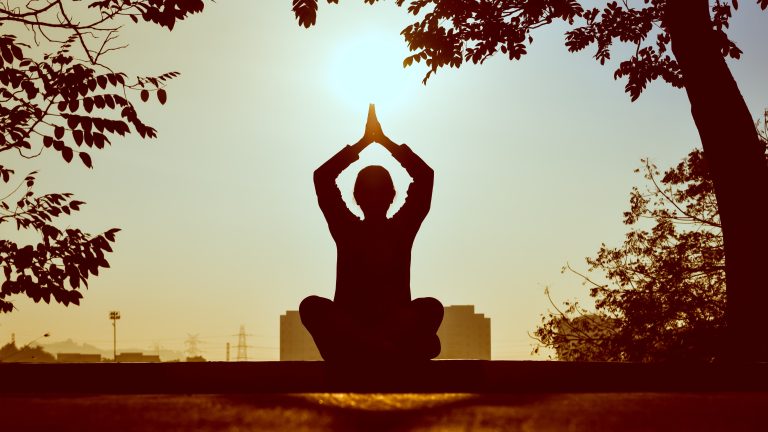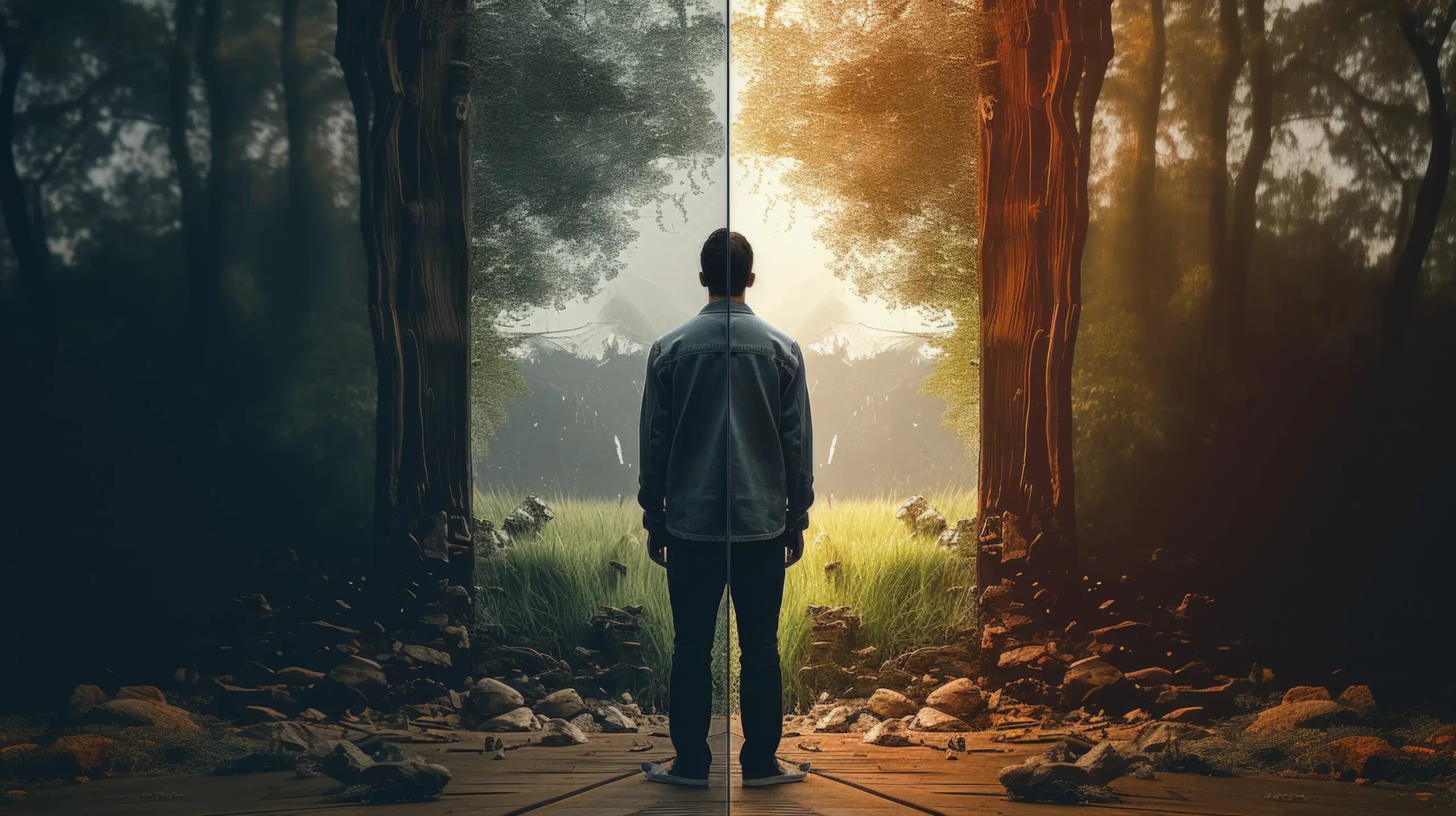Introduction
Imagine the sensation of a gentle whisper in your ear, or the soft tapping sound on your laptop keyboard. These seemingly ordinary sounds may trigger a unique physiological phenomenon known as ASMR (Autonomous Sensory Meridian Response). This term refers to a tingling sensation that typically starts from the scalp and moves down the back of the neck, often associated with feelings of calmness and relaxation.
Now, consider the idea of blissful sleep – rest that is deep, uninterrupted, and truly rejuvenating. In an increasingly fast-paced world, achieving this kind of high-quality sleep can sometimes feel elusive.
A surprising link exists between these two concepts. ASMR, with its core purpose centered around relaxation and stress relief, may hold the key to unlocking better sleep quality for many individuals. This article delves into the intricacies of ASMR, its potential benefits for sleep, and the broader implications it has on overall well-being.
What is ASMR?
ASMR, short for Autonomous Sensory Meridian Response, is an intriguing phenomenon that has captured the interest of many across the globe. It’s defined as a tingling sensation that typically begins on the scalp and moves down the back of the neck and upper spine, often in response to certain sounds or visuals.
How Does ASMR Work?
ASMR involves a complex interplay between sensory inputs and mental states. This physiological experience relies heavily on your brain’s ability to process stimuli in a unique way. In essence, certain sights or sounds can trigger the nervous system to produce a calming, pleasurable feeling.
Download the app today!
Common ASMR Triggers
Triggers for ASMR are diverse and vary from person to person. However, some common ones include:
- Whispering
- Tapping
- Slow hand movements
- Personal attention
- Page-turning
The Popularity of ASMR Techniques
The popularity of ASMR techniques has exploded over the years with various methods being employed to induce this relaxing sensation. From binaural sound recordings that mimic human hearing to role-playing scenarios designed to evoke personal attention experiences, these techniques aim at eliciting a strong ASMR response.
ASMR in the Digital Age
Receiving an ASMR experience isn’t restricted to real-world interactions; many find relief through digital mediums. For instance, popular ASMR YouTubers craft audio-visual content with precise triggers like whispering or tapping against objects, providing an easily accessible means for viewers seeking relaxation or sleep aid.
In exploring ASMR, it’s important not just to understand its meaning but also recognize its potential power as a tool for relaxation and well-being.
The Meaning Behind ASMR
The ASMR meaning is deeply rooted in the individual’s personal experience of a unique sensory phenomenon. The Origin of the term “ASMR” is a topic of fascination for many enthusiasts and researchers alike. The initials stand for Autonomous Sensory Meridian Response, a phrase coined to describe the subjective experience of euphoria or deep relaxation that typically follows a set of auditory or visual stimuli.
Unpacking ASMR’s Origin
- The term ASMR was first used in 2010 by Jennifer Allen, who wanted to create a name for the sensation that lacked scientific terminology at the time.
- It originated within online communities where individuals shared their experiences of these peculiar tingling sensations triggered by specific, often mundane sounds and visuals.
Significance to the Experience
- The word “Meridian” in ASMR has been said to suggest a peak or high point, which could relate to the tingling sensation perceived as a climax in the experience.
- By defining this feeling with a specific term, individuals could better communicate and connect with others who experienced similar responses.
- Recognizing ASMR by its coined term allowed for the growth of a community and culture surrounding this sensation, paving the way for more formal recognition and study.
The term “ASMR” provides not just a label but also contributes to legitimizing and demystifying the experience. By giving it a name, people can seek out their triggers more easily and share their experiences with others who understand the phenomenon. With an established vocabulary, you can navigate towards an in-depth exploration of how these sensory experiences are created through various media platforms such as ASMR videos.

Happily Workplace
Enhance employee happiness, propel their life skills and build a culture of happiness and success at your workplace!
Understanding ASMR’s Full Form
The term ASMR stands for Autonomous Sensory Meridian Response, a phrase as intriguing as the sensation it describes. Each word in this acronym plays a crucial role in unpacking the unique experience of ASMR:
Autonomous
This aspect refers to the self-governing nature of the phenomenon—it occurs without conscious control, often spontaneously in response to certain stimuli.
Sensory
The sensory component highlights that ASMR is a sensory experience—it involves the perception of sights, sounds, and sometimes touch, which can trigger the distinctive tingling sensation.
Meridian
Although not directly related to the traditional Chinese medicine concept of energy pathways (meridians), here it suggests a peak or climax of sensation that many describe as therapeutic or pleasurable.
Response
Finally, response indicates the reactionary aspect of ASMR—a physical reaction to specific stimuli that is characterized by feelings of relaxation and well-being.
Each element of ASMR full form contributes to an understanding of how individual triggers can lead to a personal and often profound sensory journey. It’s the synergy between these components that creates the tranquil and sometimes euphoric experience associated with ASMR. Unpacking the full form also helps to explain why personal triggers vary greatly from one person to another, contributing to a rich tapestry of experiences within the ASMR community.
Exploring the World of ASMR Videos
ASMR videos have become incredibly popular on social media, captivating millions of viewers with their unique and soothing content. Whether you’re scrolling through YouTube, Instagram, or TikTok, you’ll find an abundance of creators dedicated to this genre, each putting their own spin on what triggers the tingling ASMR sensation.
Different Platforms for Different Experiences
Depending on your preferences and the amount of time you have, you can choose from various platforms to indulge in ASMR content:
- YouTube: This is the go-to platform for long-form ASMR videos, where creators often share videos ranging from a few minutes to several hours long.
- Instagram: If you’re looking for shorter experiences, Instagram offers bite-sized ASMR videos that are perfect for a quick midday relaxation session.
- TikTok: Known for its viral trends and snippets, TikTok has also become a popular platform for ASMR content creators to showcase their skills in short clips.
Exploring Different Triggers
ASMR videos come in different types, each catering to specific preferences and triggers. Here are some common ones you’ll come across:
- Whispering: Soft-spoken or whispered narratives create an intimate and calming atmosphere.
- Tapping: Repetitive sounds produced by tapping on various surfaces can evoke the relaxing ASMR response.
- Slow Hand Movements: Visual triggers involving deliberate and gentle motions that captivate and relax viewers.
Benefits of ASMR Videos
Many people turn to these videos as a way to relax and unwind after a long day or as part of their bedtime routine. By using headphones or finding a quiet space, you can enhance the immersive experience of ASMR videos. The carefully crafted sounds and visuals work together to calm the mind and promote relaxation, making it easier to fall asleep and get quality rest.
A Personalized Relaxation Experience
One of the great things about ASMR videos is that they can be tailored to your specific needs. Whether you find comfort in whispered storytelling or enjoy the rhythmic sound of tapping, there’s something out there for everyone. These digital offerings provide an accessible form of relaxation that you can easily incorporate into your daily life.

Meet your Happiness Goals on Happily
Our Relevant Products
Feel Calm
Feel Motivated
Mindful Relationships
Personal Growth
Brtter Sleep
Slowing Down
and many more...
The Connection Between ASMR and Sleep Quality
ASMR sleep might be the solution you’ve been searching for if you’re having trouble getting a good night’s rest. Numerous studies have honed in on the relationship between ASMR and sleep quality, shedding light on how this sensory phenomenon can enhance our bedtime routines.
According to research, ASMR can induce feelings of relaxation and drowsiness, leading to improved sleep outcomes. A study published in PLOS ONE discovered that people who experience ASMR had significant improvements in their mood and pain levels after watching ASMR videos, leading to better sleep.
The potential benefits of using ASMR for better sleep extend beyond mere relaxation. Here’s what you could expect:
1. Reduced anxiety
The calming effect of ASMR triggers can decrease anxiety levels, making it easier for you to unwind and fall asleep.
2. Improved mood
The pleasant tingling sensation associated with ASMR can uplift your spirits and consequently promote better sleep.
3. Pain relief
Some individuals have reported pain reduction after an ASMR session, which directly contributes to improved sleep quality.
Moreover, the potential therapeutic applications of ASMR are not just limited to promoting quality sleep. If you struggle with conditions such as anxiety, stress, or insomnia, incorporating ASMR into your routine could offer some relief. By providing a natural method for relaxation and distraction from intrusive thoughts or chronic pain, ASMR might serve as a valuable tool in your self-care toolkit.
Potential Benefits of ASMR: Beyond Sleep
When you explore the realm of ASMR benefits, you uncover an array of positive effects that extend far beyond the realm of sleep enhancement. Individuals who regularly experience ASMR often report a variety of additional advantages:
1. Reduced Stress
Many find that ASMR sessions act as a powerful stress reliever, akin to meditation or deep-breathing exercises.
2. Increased Focus
Some people turn to ASMR as a tool to improve concentration during tasks that require sustained attention.
3. Enhanced Creativity
There is anecdotal evidence suggesting that the relaxed state induced by ASMR can foster a more creative mindset.
While these benefits are significant, it’s essential to recognize that not everyone responds to ASMR in the same way. Just as personal tastes in food or music vary, so too do reactions to ASMR stimuli. Here are key points considering individual differences and potential limitations:
- Some individuals may feel no response or even discomfort during what is typically described as an ASMR trigger.
- The intensity and type of ASMR experienced can differ greatly from one person to another, affecting the perceived benefits.
- For a few, ASMR might trigger misophonia—where specific sounds elicit feelings of irritation or anger.
This variability underscores the importance of personalized approaches when utilizing ASMR for its potential benefits. It’s advisable for individuals interested in exploring the effects of ASMR to experiment with different triggers and settings to discover what works best for their unique needs and preferences.
ASMR is a potential way to improve well-being and get better sleep. It provides a special sensory experience that can help you relax and feel better. While everyone’s reactions are different, studies and personal stories show that ASMR might be helpful for people who want to sleep well.
Join our newsletter
FAQs(Frequently Asked Questions)
What is ASMR?
ASMR, short for Autonomous Sensory Meridian Response, is an experience characterized by a static-like or tingling sensation on the skin that typically begins on the scalp and moves down the back of the neck and upper spine. It is commonly triggered by specific auditory or visual stimuli.
How Does ASMR Work?
ASMR involves a complex interplay between sensory inputs and emotional responses. It is believed to activate the parasympathetic nervous system, leading to feelings of relaxation and well-being.
Common ASMR Triggers
Triggers for ASMR are diverse and vary from person to person. Some common triggers include whispering, tapping, scratching, personal attention, and role-playing scenarios.
The Meaning Behind ASMR
The ASMR meaning is deeply rooted in the individual’s personal experience of tingling sensations and relaxation in response to specific triggers. It is a highly subjective phenomenon.
Exploring Different Triggers
ASMR videos come in different types, each catering to specific triggers such as sound-based triggers like tapping or scratching, visual triggers like hand movements, or personal attention triggers like role-playing scenarios.
Benefits of ASMR Videos
Many people turn to these videos as a way to relax and unwind. The calming effect of ASMR can reduce anxiety levels, improve mood, and even provide pain relief for some individuals.






